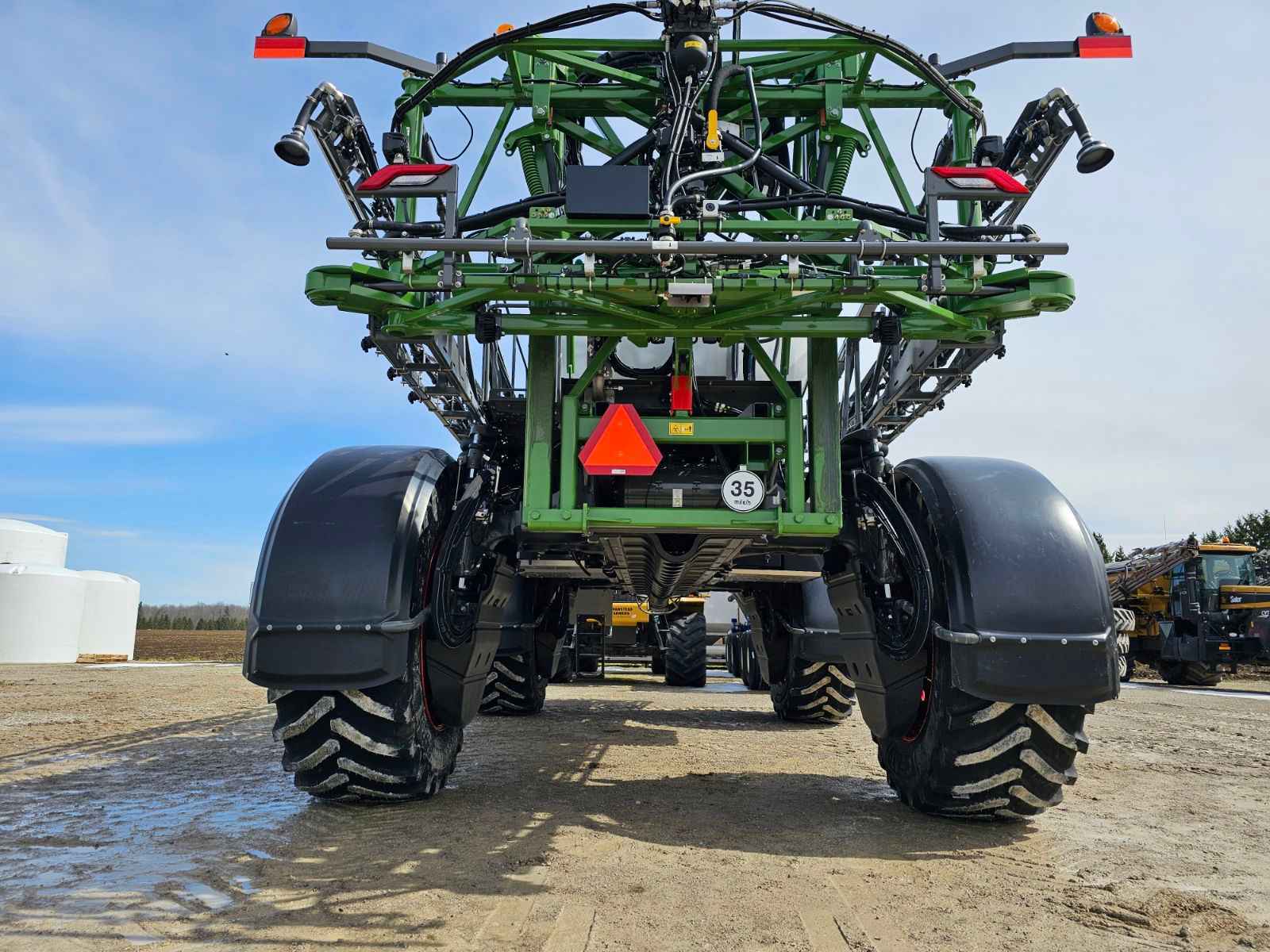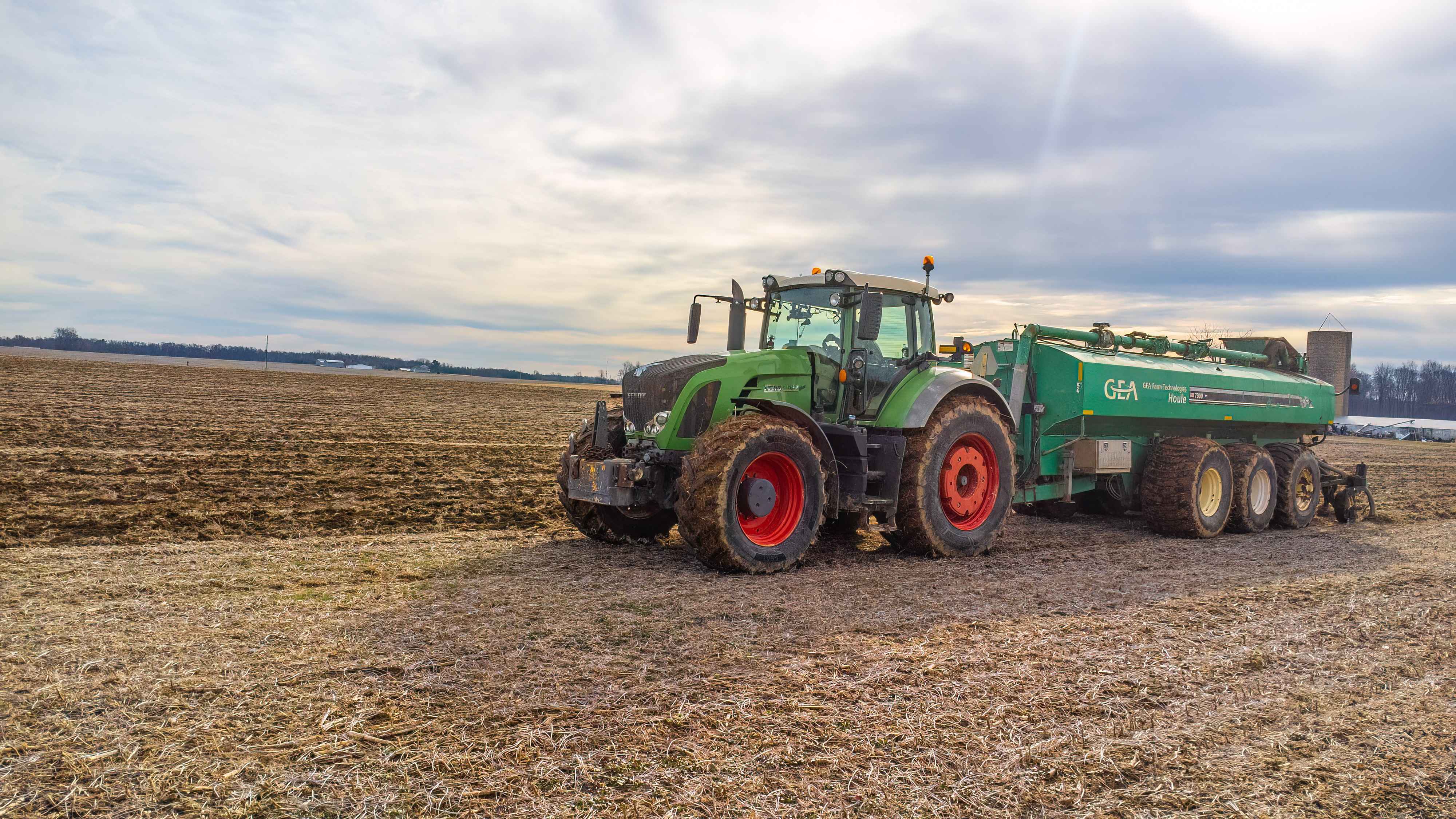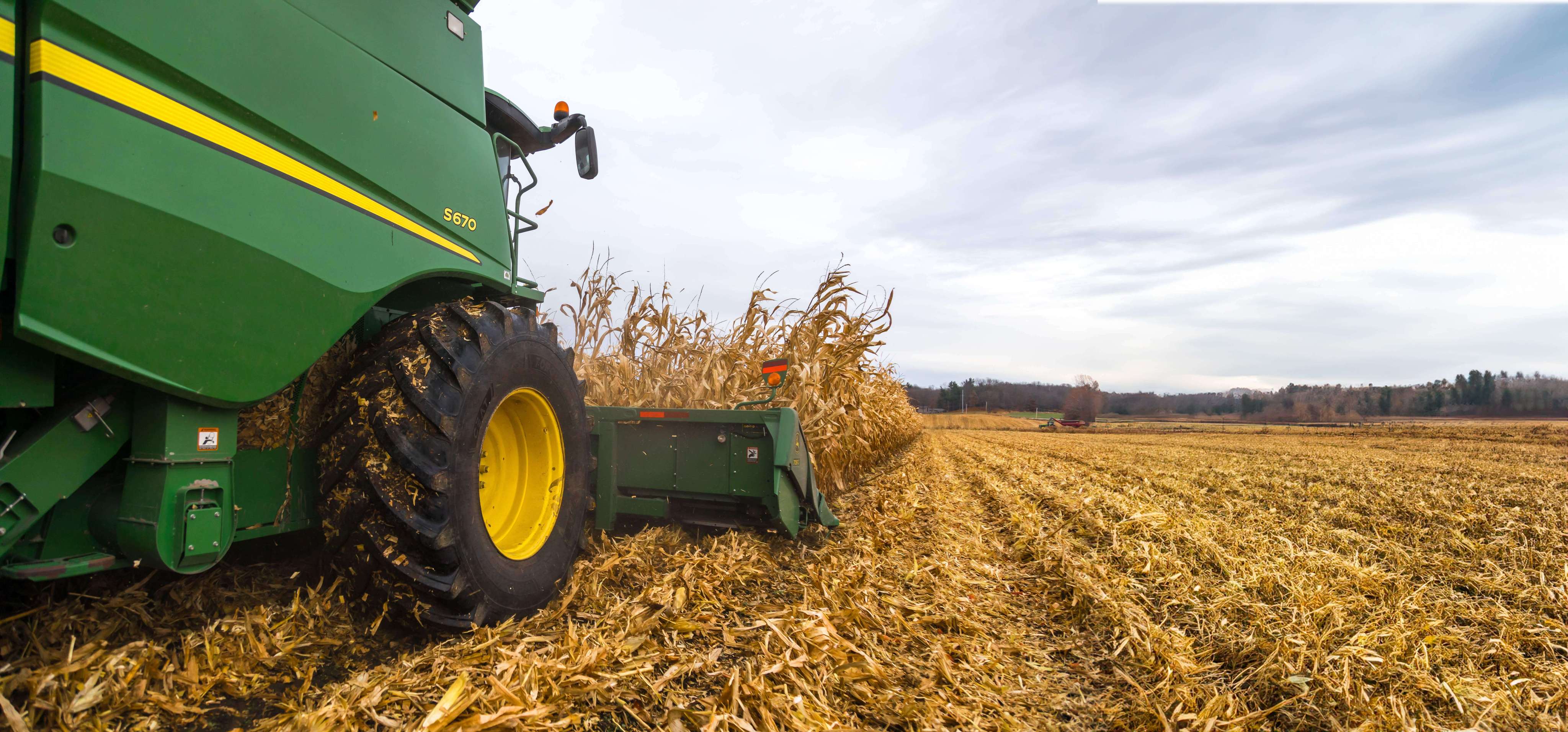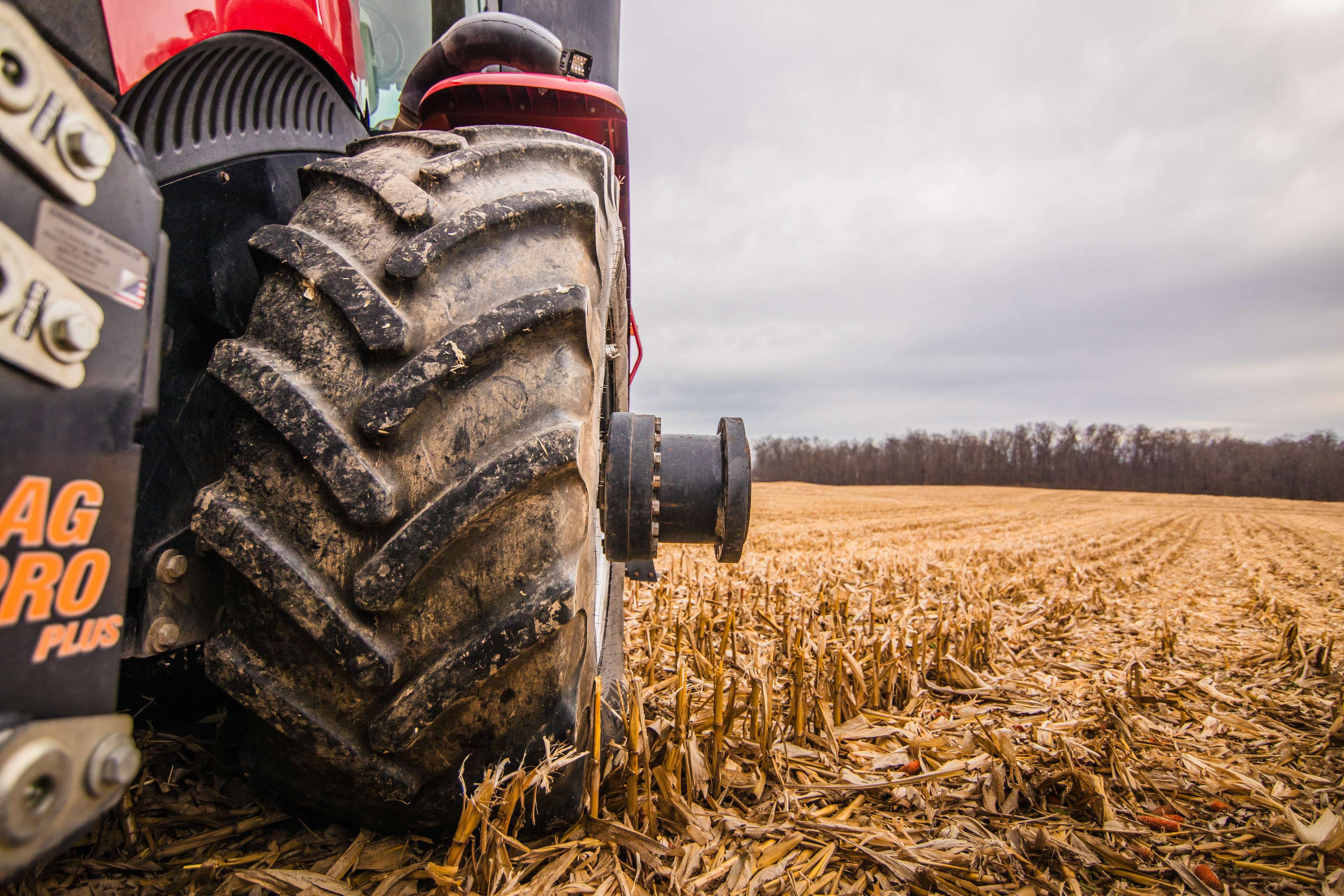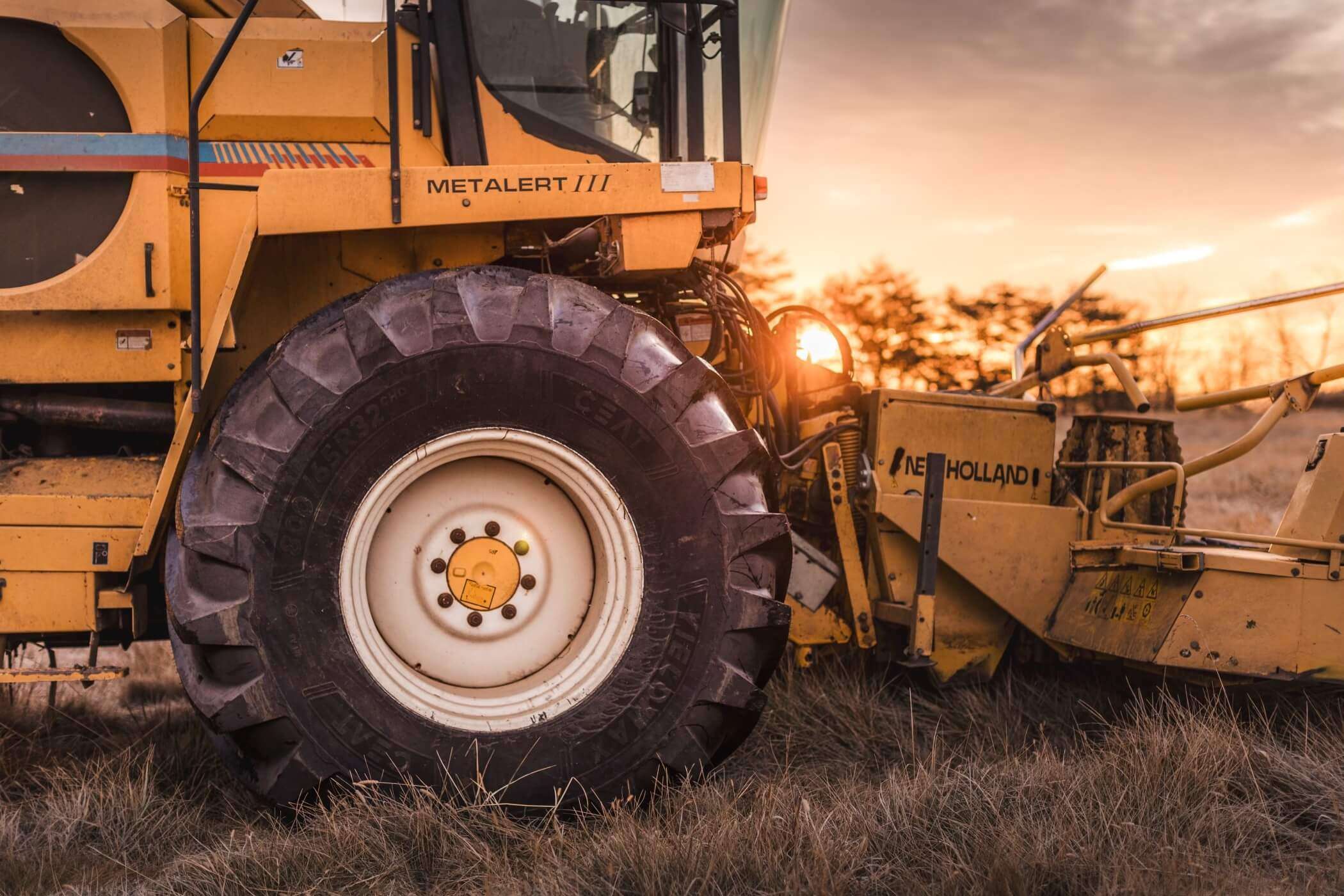ceat-speciality:blogs-tags/all,ceat-speciality:blogs-tags/tire-advice
A Guide to Choosing the Right Agricultural Tire: Tips and Insights from CEAT Specialty Tires
Sun, 26 Mar 2023 | PRODUCTS
As a farmer, you know how crucial it is to choose the right agricultural tire for your farm. The efficiency of your farm operations depends largely on the quality of your tires. With so many options available in the market, choosing the right agricultural tire can be a daunting task. However, with the right knowledge and factors to consider, you can make an informed decision.
In this blog post, we will give you tips and insights from CEAT Specialty Tires to help you choose the right Ag tire for your farm.
Size Matters
The first factor you need to consider when choosing an Ag tire is the size of your equipment. Tires that are too small can cause instability and reduce your farming efficiency, while tires that are too big can affect the performance of your equipment. Check the size indicated by the tire manufacturer on the sidewall of the tire and consult with your tire dealer.
Tread Pattern
The next factor to consider is the tire tread pattern. The tread pattern needs to match the terrain and soil conditions on your farm. For instance, if you use your tractor on uneven and rough terrain, an R-1W tire, such as the CEAT TORQUEMAX, with a deep and aggressive tread pattern is perfect. The tread depth of an R-1W tire is at least 20 percent deeper than the same sized R-1 tire; this extra deep tread also comes in handy when dealing with muddy conditions and clay-type soils. For flat and even terrain, a R-! tire with a less aggressive tread pattern may be more appropriate; again, talk to your tire dealer.
Load Capacity
Load capacity is another significant factor to pay attention to when choosing agricultural tires. The tire’s load capacity must be able to support the weight of your equipment and the load you carry. To find the load capacity of a tire, you can refer to the Load Index Chart. The higher the load index number, the greater the load capacity of the tire.
Weather Conditions
Weather conditions also play a significant role when choosing agricultural tires. For instance, if you live in an area with heavy rainfall, mud, or snow, you need tires that can handle the wet and slippery conditions, like the CEAT TORQUEMAX. The CEAT TORQUEMAX features a tilted lug tip that reduces vibration and noise. A higher angle and lug overlap at the center provides better roadability, and the lower angle at shoulder gives superior traction. The rounded shoulders ensure lesser damage to soil and crops. A wider tread and larger inner volume reduce soil compaction, and the R1-W tread depth ensures longevity of the tires. On the other hand, if you live in a dry and hot climate, you need tires that can handle the heat and dry soil.
Durability and Longevity
Lastly, you need to choose tires that have good durability and longevity. A tire that wears out quickly would mean frequent replacements, which ultimately results in more expenses. Therefore, it’s best to choose high-quality tires, like the CEAT TORQUEMAX, that are built for heavy-duty work and can withstand tough farming conditions.
Conclusion
Choosing the right Ag tire for your farm is an essential decision that can impact your efficiency and profitability. By considering the factors mentioned above, you can make an informed decision and choose the right tire for your equipment. Moreover, choosing high-quality tires like the CEAT TORQUEMAX can help you get the best value for your investment. So, take your time, do your research, and choose the right Ag tire that suits your farm’s needs.





